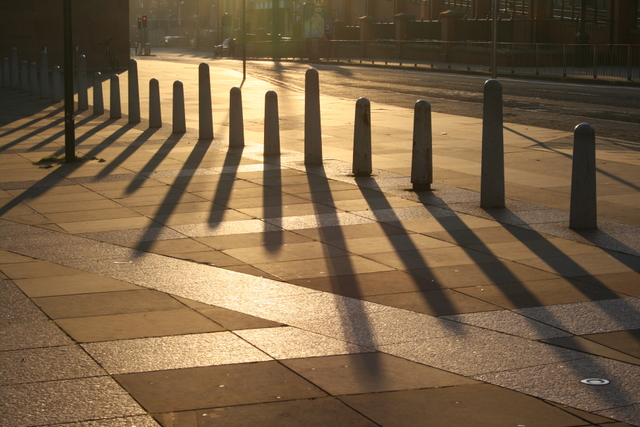
Leonardo noted that studies of shadow appeal to the same geometric laws as those of perspective — “in matters perspectival, a light source is no different from the eye [… since] the visual ray is similar to the shadowy ray in terms of speed and converging lines.” Just as perspective considers a scene as regarded from a particular point of view, a shadow is a record of what “the lamp cannot see.”
Philosopher Roberto Casati writes, “This is a strong analogy. There is shadow where the light cannot see. Indeed, shadow is exactly what the light source cannot see. A lamp sees only the things that it illuminates; objects in shadow are behind lighted objects that screen the shadow from the lamp’s perspective. For this same reason, when we examine a shadow, we discover the profile of things from the point of view of the lamp. … Shadow allows us to see a point of view other than our own without even getting up from our seats.”
(From Casati’s Shadows, 2000, via Marko Uršič, Shadows of Being: Four Philosophical Essays, 2019.)
